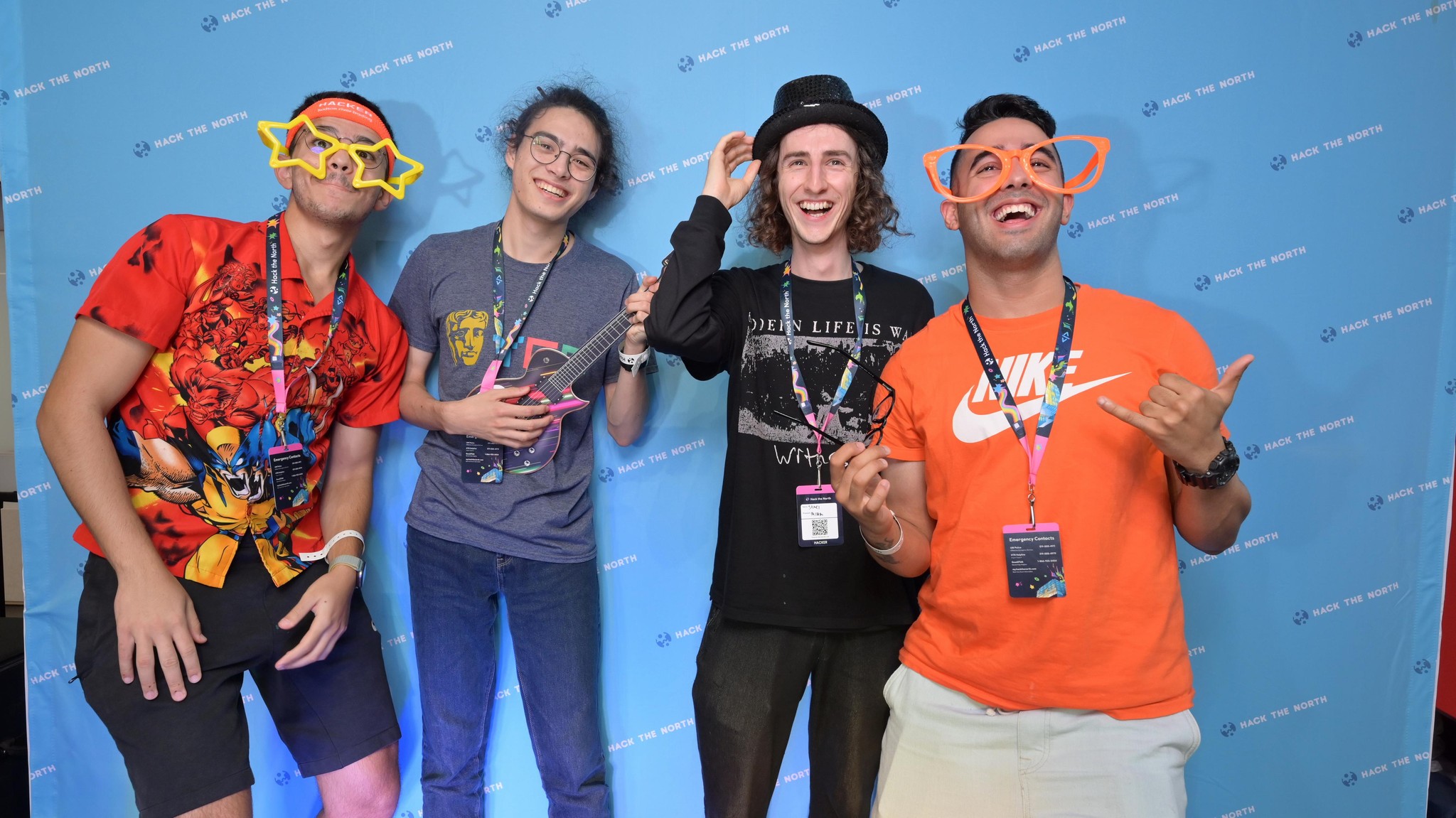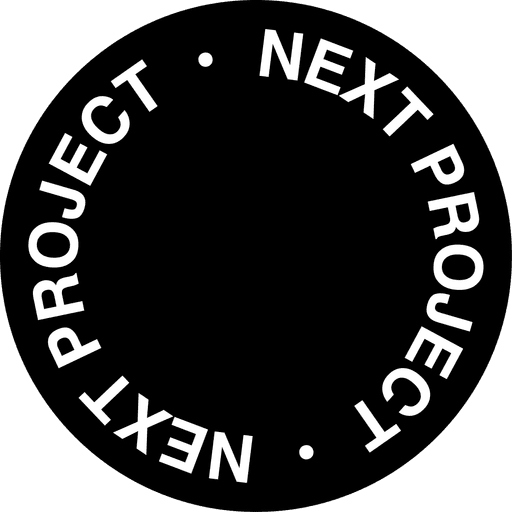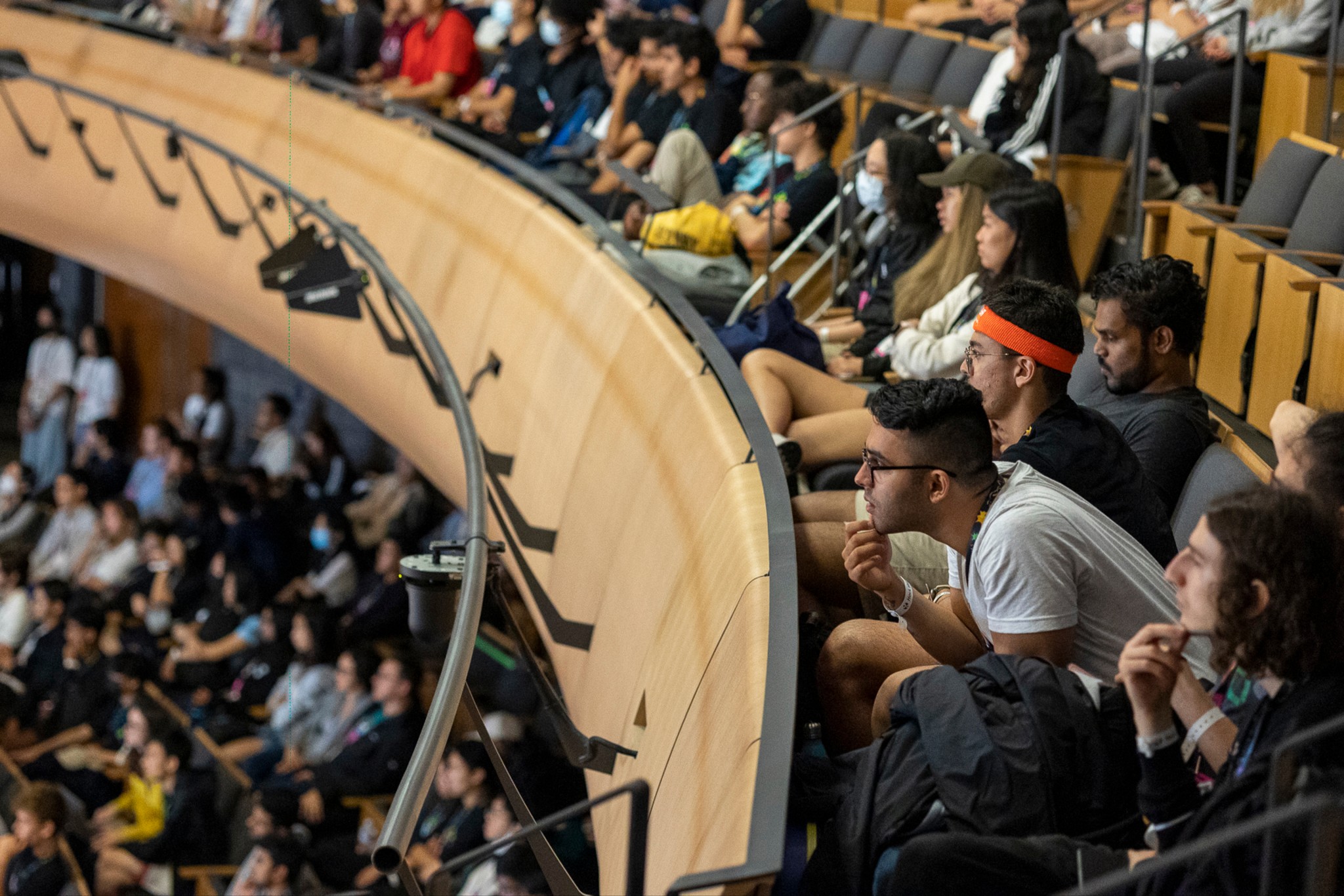AR glasses that implicitly capture memories from our everyday life. Worked closely with 3 engineers to deliver a proof of concept in 32 hours.
Hackathon Project
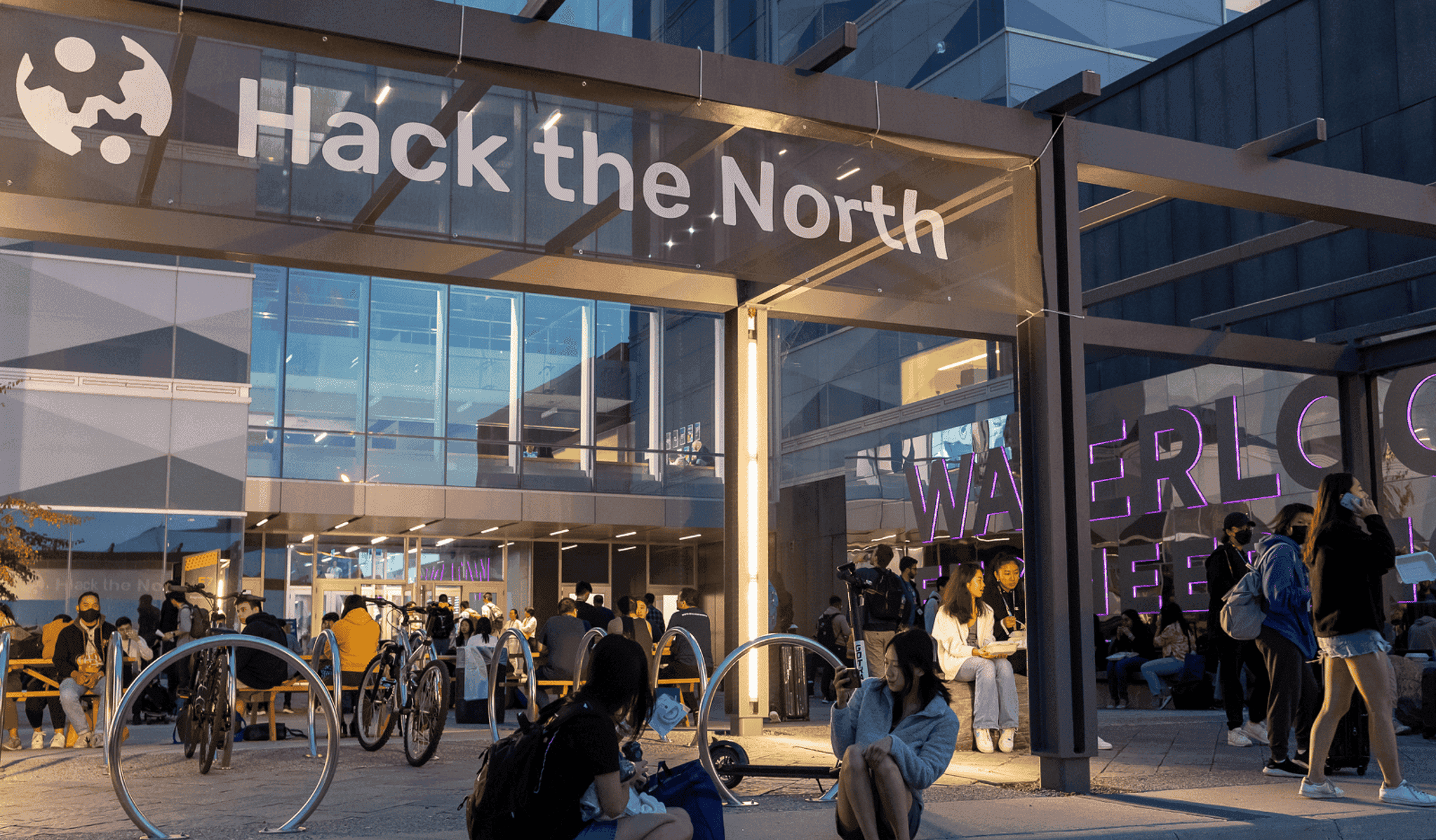
MY FIRST HACKATHON
Start to an eventful weekend
In September 2022, I had the opportunity to attend Hack The North at the University of Waterloo, where I learned so much about working in a multidisciplinary team and the value of effective communication. I gained valuable insights into the importance of quickly creating soft design systems and continuously optimizing components and features as the project progresses.
IDEATION
Sprinting with engineers for 32 hours!
We have all experienced the regret of not capturing a moment that we wish we could relive. But what if there was a way to never miss a moment that matters to us, and to have it stored in a place where we could easily access it?
That was the inspiration behind our team's project at the Hackathon, where we dedicated 32 hours to developing the AdHawk MindLink Glasses, a device that classifies and captures memories in an implicit way.
Wireframing how memories get stored
As the team's designer, the first few hours were crucial for me as I had to quickly establish constraints, shift out of process mode, and create wireframes for the developers to work with.
My goal was to design a personalized experience that would surface the most valuable information about the memory being accessed. It was a challenging but rewarding project, and I learned a lot about the importance of time management anduser-centredd design.
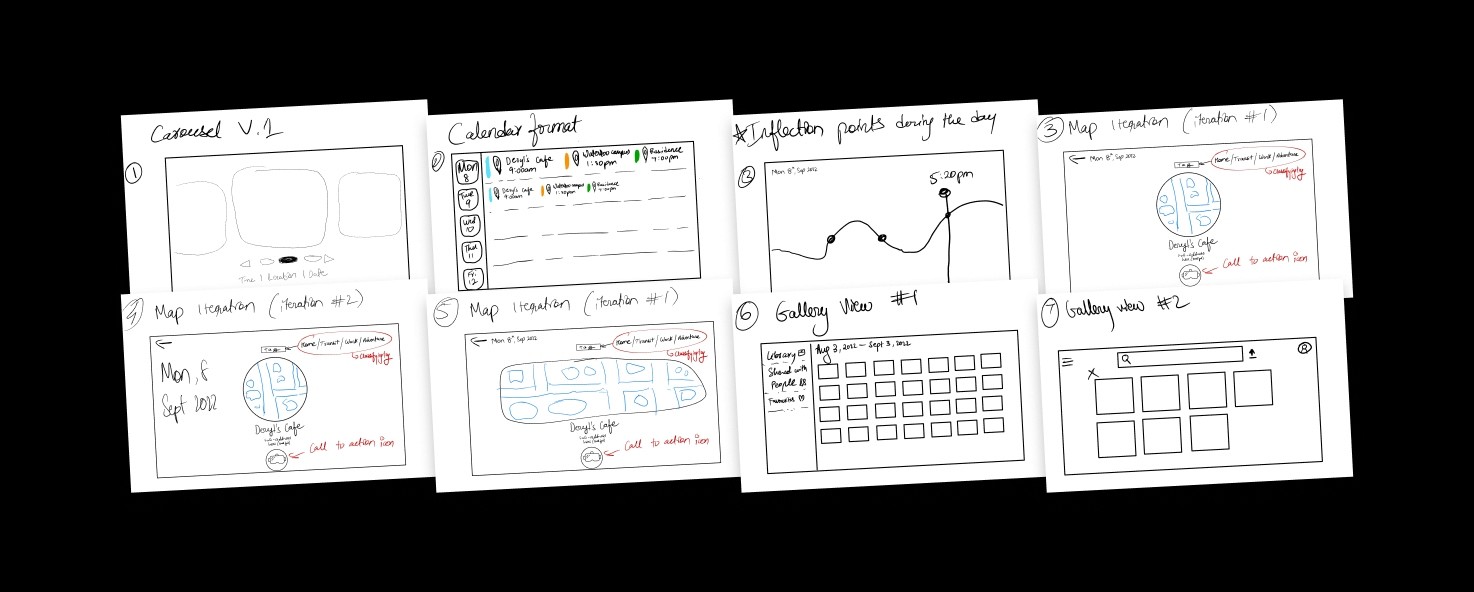
After the first 8 hours, I built this MVP and shipped it to the developers.
Bridging Psychology with Computer Vision
My team faced the challenge of classifying memories as important or not. To address this, I facilitated discussions exploring theoretical methods for stimulus measurement from a psychological perspective.

Proof of Concept
While we didn't have as much time to do further research and iterations on the Memor.i.eye project as we would have liked, we did consider the potential of using pupil dilation as a means of identifying meaningful memories. Pupil dilation is often used as a sign of positive stimulus, and we thought about how it might be used to detect moments that are particularly significant or enjoyable for an individual.
Reflecting on this aspect of the project, it's clear to me that there are many fascinating and untapped possibilities for using physiological indicators in the design of humane products.
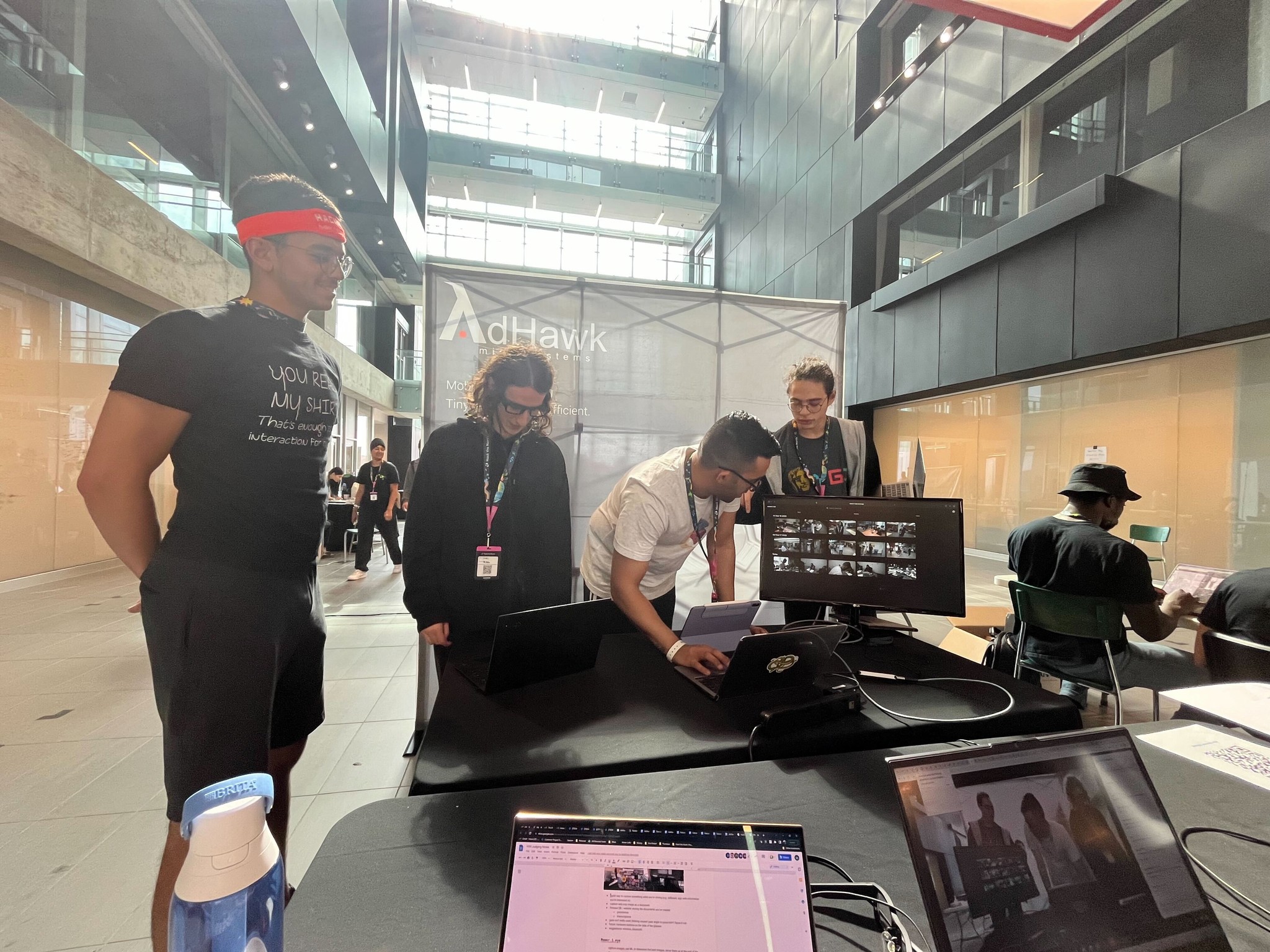
.
Reflecting on my experience working on the Memor.i.eye project, I've come to appreciate the value of facilitating ideas and thinking creatively with a team of engineers and developers. I've also learned the importance of creating humane products that consider the human aspects of memory and what matters to people.
My background in psychology has been incredibly useful in helping me identify and prioritize these elements in the design process. This experience has not only been valuable for my growth as a designer, but also as a team member.
.
WHAT'S NEXT?
Research On Eye Tracking
If you're interested in academic research, here is a link to the full paper →
